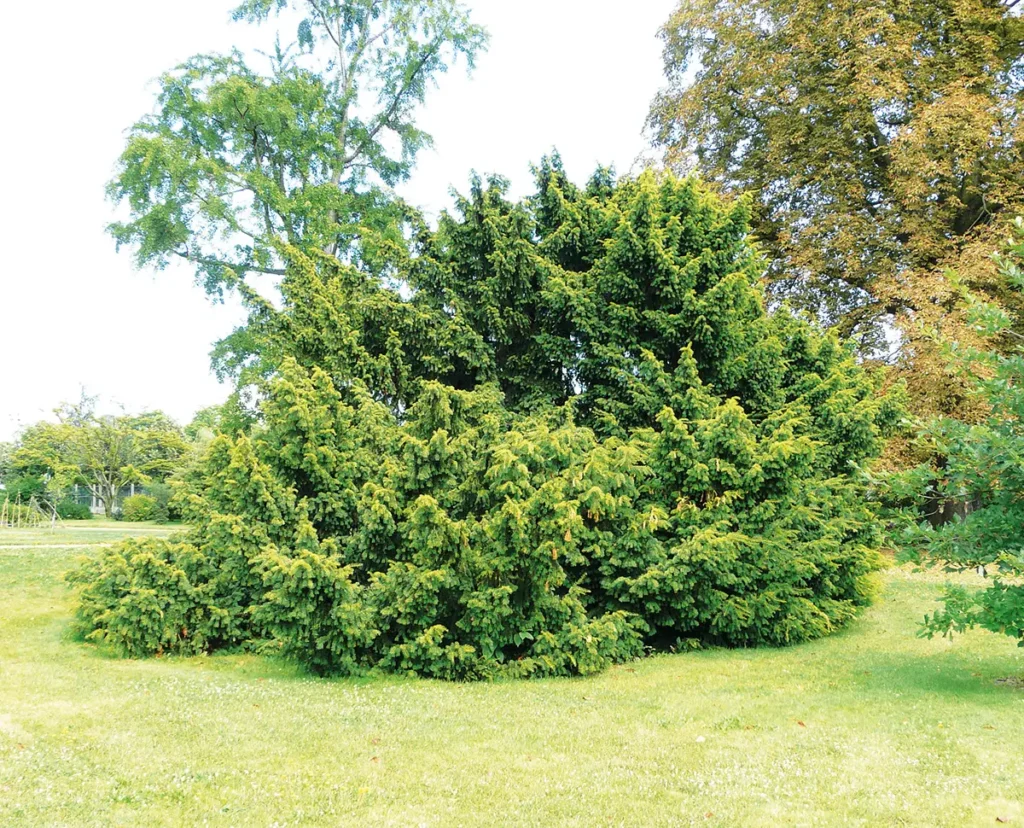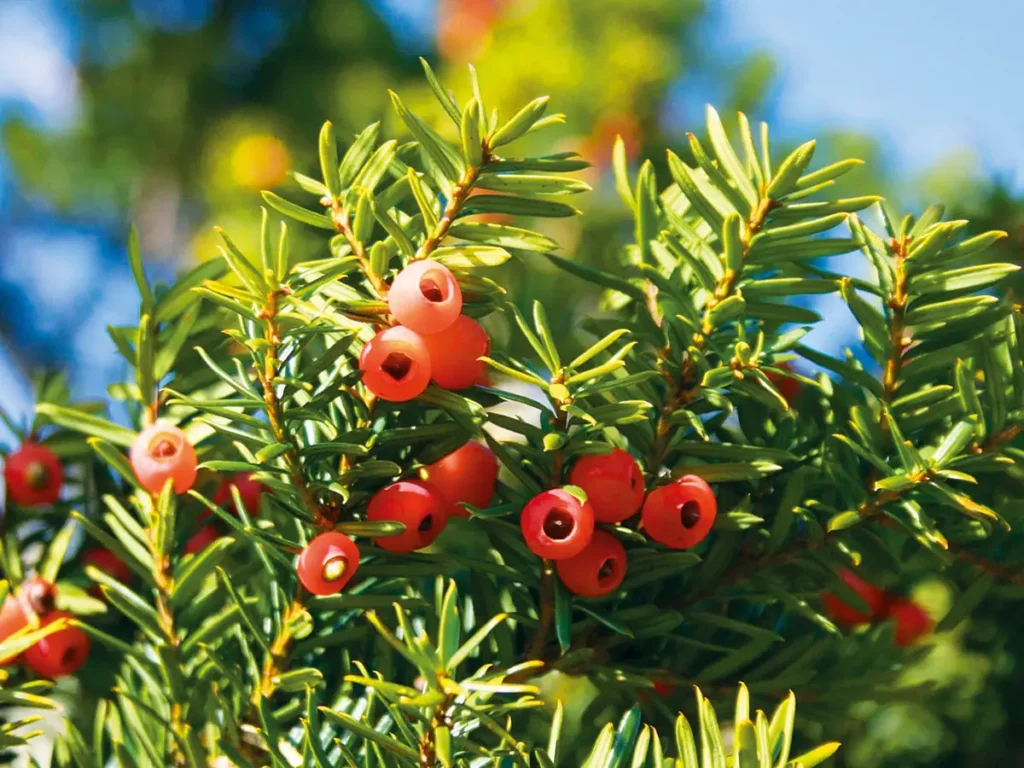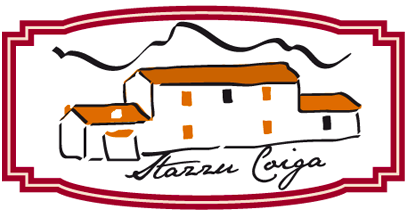


Nome Italiano: Tasso / Albero della morte
Nome scientifico: Taxus baccata L.
Nome Gallurese: Tassu
Descrizione:
Il tasso è una conifera dalla forma espansa ad ampia base sempreverde. L’alto fusto raggiunge altezze notevole, anche oltre i 15 m., con tronco a corteccia rossastra. Presenta foglie aghiformi di colore verde intenso, disposte su due file opposte, con apice acuminato, brevemente picciolate con due bande stomatifere più chiare. Foglie lineari, Strutture fiorali maschili piccole, in infiorescenze giallastre, le femminili solitarie con breve pedicello e piccoli frutti rosso vivo. A maturità il seme è avvolto da una struttura carnosa rossa, detto arillo. Il tasso è un albero piuttosto raro la cui distribuzione in Sardegna è limitata ad alcuni areali freschi che si estendono al di sopra dei 600 fino a oltre 1000 m s.l.m.
Proprietà e usi:
L’appellativo Albero della morte è dovuto al fatto che tutte le parti della pianta, ad esclusione dell’arillo commestibile (struttura carnosa dal sapore dolciastro e di consistenza mucillaginosa di colore rosso che avvolge il seme), producono un alcaloide velenoso, la taxina. Rami, foglie e semi, dunque, possono avere un effetto tossico sull’uomo e su molti animali domestici producendo come conseguenza un’alterazione della normale attività cardiaca. La tossicità si esplica per ingestione.
Curiosità e miti:
In Sardegna il Tasso lo si usava per tingere di rosso (in una miriade di varianti diverse) la lana ed era impiegato, da persone altamente esperte, per curare diverse malattie. l legno oggi è impiegato per la fabbricazione delle matite, mentre in passato veniva utilizzato nella produzione di archi e frecce e le piante erano conservate lontane da bambini e da animali al pascolo. Il tasso più grande della Sardegna, un vero e proprio monumento, si trova a Badde Salighes (Bolotana). A Sos Nibberos (Bono), si trova invece la foresta più grande d’Italia di tasso, un areale fiabesco dagli effetti scenici davvero sorprendenti.

Italian name: Tasso / Tree of death
Scientific name: Taxus baccata L.
Gallurese name: Tassu
Description:
The yew is an expansive conifer with a broad evergreen base. The tall trunk reaches considerable heights, even over 15 m., with reddish bark. It has deep green needle-like leaves, arranged in two opposite rows, with acuminate apex, short petiolate with two paler stomatal bands. Leaves linear, male flower structures small, in yellowish inflorescences, female solitary with short pedicel and small bright red fruits. At maturity the seed is enveloped in a red fleshy structure, called an aril. The yew is a rather rare tree whose distribution in Sardinia is limited to a few cool areas extending above 600 to over 1000 m above sea level.
Properties and uses:
The appellation Tree of Death is due to the fact that all parts of the plant, with the exception of the edible aril (a fleshy structure with a sweetish taste and a red mucilaginous consistency that surrounds the seed), produce a poisonous alkaloid, taxin. Branches, leaves and seeds, therefore, can have a toxic effect on humans and many domestic animals, resulting in an alteration of normal cardiac activity. Toxicity occurs through ingestion.
Curiosities and myths:
In Sardinia, the Yew was used to dye wool red (in a myriad of different variants) and was used, by highly skilled people, to cure various illnesses. he wood is used today to make pencils, while in the past it was used in the production of bows and arrows and the plants were kept away from children and grazing animals. The largest yew tree in Sardinia, a real monument, can be found in Badde Salighes (Bolotana). In Sos Nibberos (Bono), on the other hand, is Italy’s largest yew forest, a fairy-tale area with truly astonishing scenic effects.
